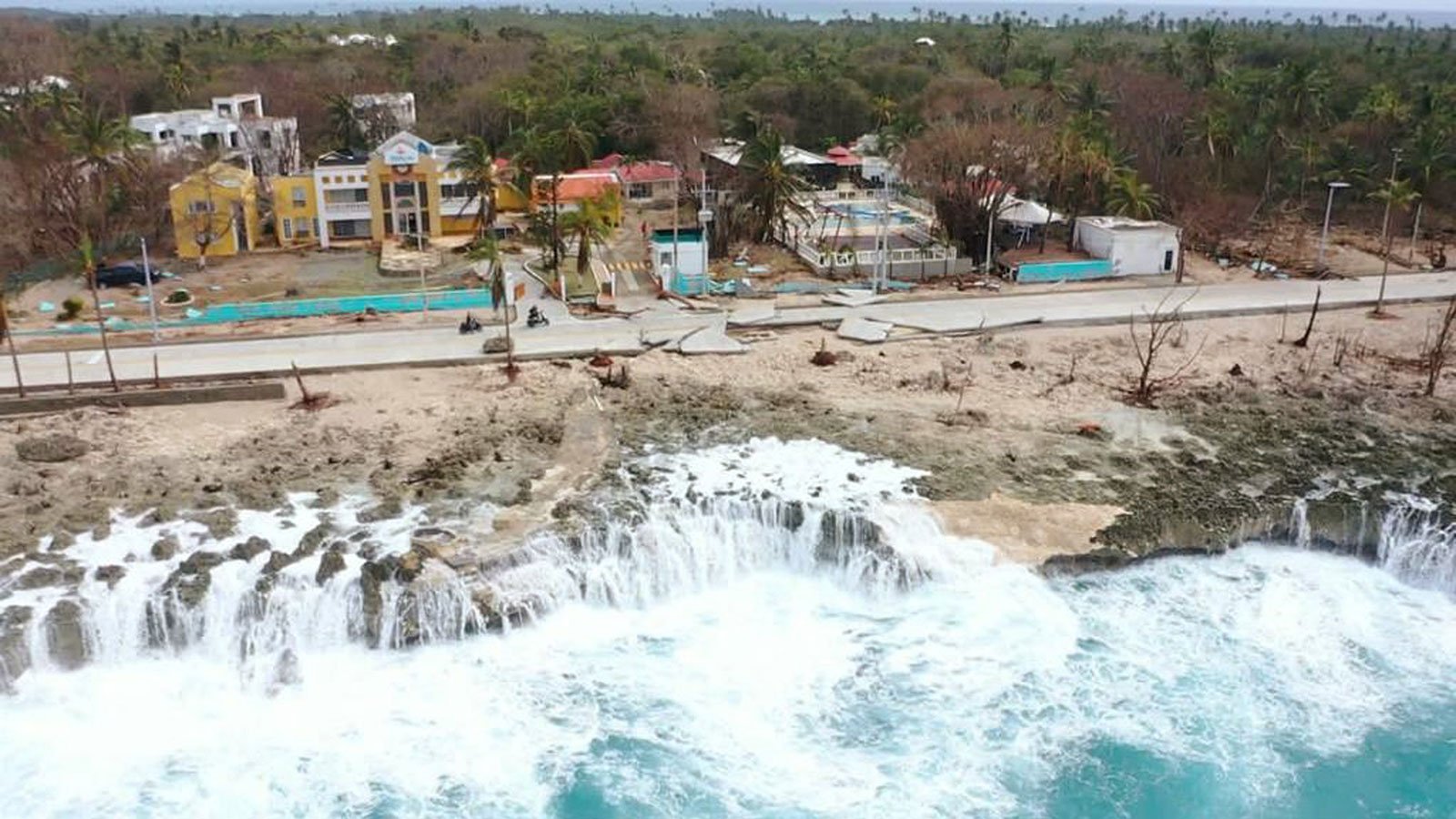Mexico is often hit hard by hurricanes, especially in the Gulf of Mexico and Caribbean Sea. Hurricanes are powerful storms that form over warm ocean waters and can be devastating in their damage to coastlines, islands and inland regions alike. But how has Mexico dealt with natural disasters in the past and present, as well as any challenges or opportunities associated with hurricane preparedness and resilience efforts in Mexico?
Ancient Civilizations and Hurricanes

Hurricanes have long been part of life in the Caribbean islands for at least 8,000 years before present, as archaeologists have demonstrated. Ancient civilizations such as Maya, Olmec, and Aztec possessed some knowledge about hurricanes and how to prepare for them; for instance building shelters out of palm leaves or thatched roofs to withstand strong winds and rain; using canoes or rafts during flood waters caused by hurricanes; even creating calendars or astronomical observations to predict when hurricanes would likely strike!
Colonial Period and Hurricanes
Colonial Mexico presented both new challenges and opportunities for hurricane preparation. Spanish explorers who first arrived in Mexico during the 16th century encountered hurricanes with increasing frequency that threatened their settlements and missions, creating various strategies to deal with them such as building stone walls with thick walls and roofs; planting trees or vines near riverbanks or cliffs to prevent erosion or landslides; digging wells or cisterns to store water; creating firebreaks/windbreaks to lower windspeed, and drawing on local knowledge from indigenous communities who had lived harmoniously with nature since centuries before they arrived.
Modern Times and Hurricanes
Modern times have witnessed significant shifts in hurricane patterns, intensities, frequency, duration and impacts throughout Mexico. According to historical records, no major hurricane made landfall until 1858; since then there have been over 100 recorded tropical cyclone landfalls (including hurricanes) here; one particularly devastating hurricane was Otis in 2023, which reached wind speeds up to 269 km/h near Acapulco de Juarez; this category 5 hurricane on the Saffir-Simpson scale had maximum sustained winds of at least 157 km/h for an extended period – making Otis one of many such catastrophes to make landfall here in recent history!
Hurricanes pose serious threats to Mexico’s economy, environment, society, culture, infrastructure, health, security and human rights. Hurricanes cause loss of life, injury, displacement and disruption of services and activities as well as contamination of water sources and soil quality resulting in poverty increases and vulnerabilities increasing; but hurricanes also offer opportunities for learning, innovation collaboration and adaptation – leading Mexico to create policies, plans programs and initiatives designed to strengthen hurricane preparedness and resilience.
Some examples include:
- The National Plan for Disaster Risk Reduction (PNDRR), which seeks to minimize people and assets being exposed and vulnerable to hazards like floods, droughts, earthquakes, volcanoes, tsunamis, and hurricanes.
- The National System for Disaster Risk Management (SISDRM), which coordinates actions taken by multiple levels of government, civil society organizations, private sector entities and international partners to prevent, mitigate, prepare for, respond to and recover from disasters.
- The National Hurricane Center (NHC), provides information and forecasts regarding tropical cyclones which may impact Mexico’s coastlines.
- The National System for Early Warning (SINTEW), which monitors atmospheric conditions that lead to hurricane formation and sends out alerts and warnings accordingly.
- The National System for Emergency Management (SINSEM), which mobilizes resources and personnel in order to assist victims of disasters.
- The National System for Health Protection (SISPH), which ensures access to healthcare services during disasters.
Conclusion
Hurricanes have played an essential part in the history of Mexico for millennia. Hurricanes have forced its people to adapt to ever-evolving environments and circumstances while inspiring innovative disaster risk reduction solutions. Nowadays, however, Mexico faces new challenges stemming from climate change, urbanization, migration, poverty inequality violence corruption as well as other factors which increase exposure and vulnerability of people and assets to hurricanes.
Stay tuned to Centralfallout for the latest scoops and updates of Latest News, Trending News, Technology News, World News and Entertainment News.


